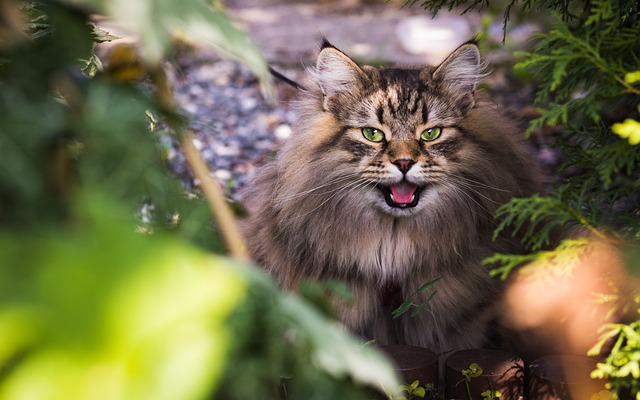
Overview of the Chapter
The chapter "Dad and the Cat and the Tree" is a humorous poem included in the CBSE Grade 7 English curriculum. It narrates the amusing incident of a father attempting to rescue a cat stuck in a tree, despite repeated warnings from his family. The poem highlights themes of persistence, overconfidence, and the unexpected outcomes of reckless actions.
Key Theme: The poem explores the consequences of overconfidence and the humorous side of human stubbornness.
Summary of the Poem
The poem begins with a cat getting stuck in a tree, and the father confidently declaring that he will rescue it. Despite the mother's warnings about the father's age and the potential danger, he proceeds with his plan. The father tries multiple methods to climb the tree, including using a ladder and swinging on a branch, but each attempt ends in failure. Eventually, the cat comes down on its own, while the father gets stuck in the tree instead.
Humorous Tone: The poet uses a light-hearted and playful tone to depict the father's futile attempts, making the poem entertaining for readers.
Literary Devices Used
- Rhyme Scheme: The poem follows a consistent rhyme scheme, adding to its rhythmic flow.
- Repetition: Certain phrases are repeated for emphasis, such as the father's insistence on rescuing the cat.
- Imagery: Vivid descriptions of the father's actions create a clear mental picture for the reader.
Moral of the Poem
The poem subtly conveys that overconfidence and ignoring advice can lead to embarrassing or unfavorable outcomes. It also shows that sometimes, problems resolve themselves without unnecessary interference.
Life Lesson: The poem teaches the importance of listening to others and recognizing one's limitations.
